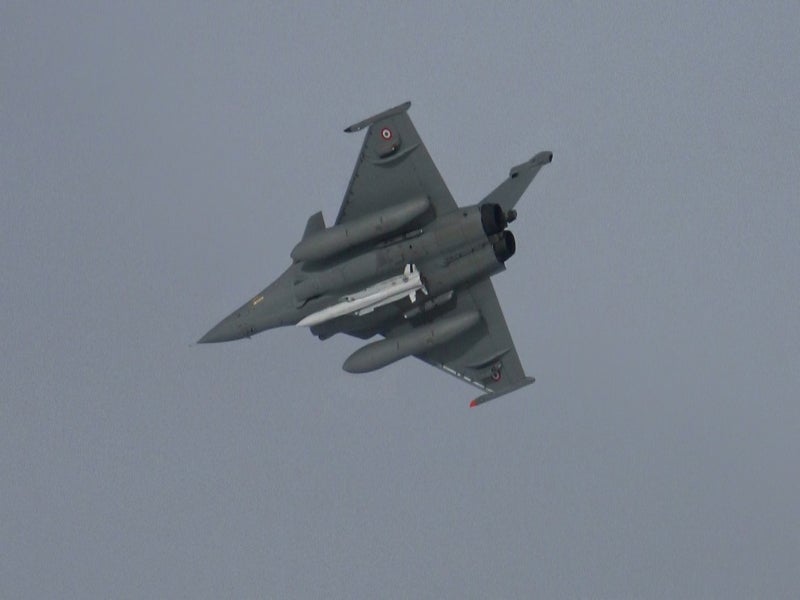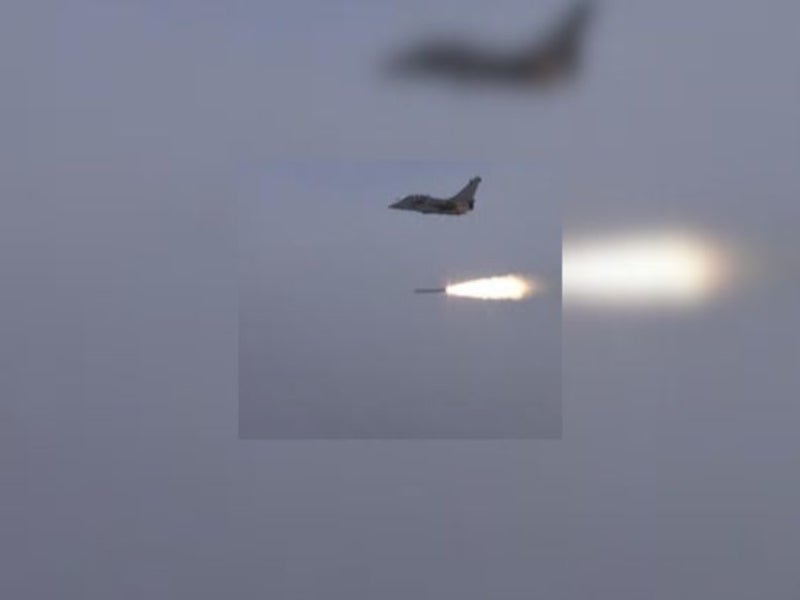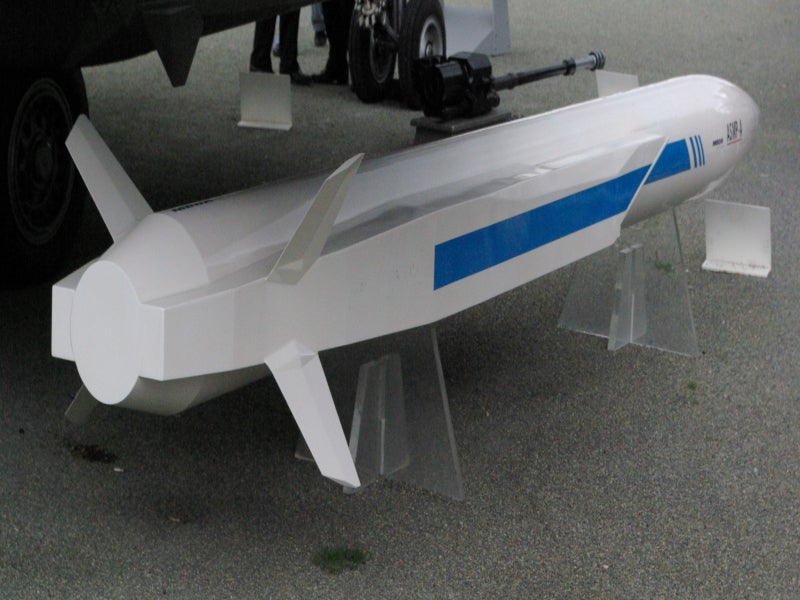The Air-Sol Moyenne Portee-Ameliore (ASMPA) is a medium-range air-to-ground missile developed by MBDA, a European consortium comprising missile manufacturers from the UK, France, and Italy.
The ASMPA is an upgraded version of the original ASMP and boasts of enhanced range and performance.
It is integral to France’s nuclear deterrence, forming a key part of the air-based component of its nuclear triad. Currently, the French Air Force is equipped with 54 ASMPA missiles.
The ASMPA renovation programme was initiated in 2016 under the direction of the Directorate General of Armaments (DGA) in line with the military programming law, which ensures investment in nuclear deterrence.
It aims to bolster the missile’s intrinsic capabilities, preserving the credibility of France’s airborne nuclear deterrence against evolving threats.
The programme will bridge the capability gap until the introduction of the ASN4G, a fourth-generation air-to-ground nuclear missile with superior stealth and manoeuvrability, which is expected to enter service by 2035 and serve beyond the 2050s.
In May 2024, the first force assessment firing of the ASMPA-R (renovated) without its military payload was executed by a Rafale B aircraft of the Strategic Air Forces.
ASMPA details
The ASMPA is an upgraded supersonic missile armed with the Tete Nucleaire Aeroportee (TNA) nuclear warhead. The air-launched cruise missile has a range of 600km.
The missile can be deployed on various platforms, including nuclear-powered ballistic missile submarines, the Dassault-Breguet Super Etendard, the Dassault Mirage 2000N, and the Rafale fighter aircraft.
ASMPA was first operational on the Mirage 2000N’s K3 standard in 2009 and subsequently on the Rafale F3R in 2010.
The ASMPA underwent a midlife upgrade to address both component obsolescence and evolving defensive threats, resulting in the ASMPA-R.
The upgraded version continues to support the operational needs of the French Strategic Air Forces within the Air and Space Force and the Nuclear Naval Air Force of the French Navy, utilising the same warhead as its predecessor.
Warhead
The new generation airborne nuclear warhead TNA was developed by the French public government-funded research organisation, the Atomic Energy and Alternative Energies Commission.
The thermonuclear warhead boasts a medium energy yield of up to 300 kilotons.
ASMPA-R testing details
The ASMPA-R underwent its inaugural test firing in December 2020. Subsequent successful testing occurred in March 2022 when the missile demonstrated its capabilities after being launched from a Rafale jet at Air Force Base 120 in Cazaux, south-western France.
The successful testing marked the start of the production phase of the upgraded missiles.
The force assessment firing of the ASMPA-R conducted in May 2024 simulated a nuclear raid and was part of Operation Durandal, a strategic exercise conducted over national territory.
The operation involved the formation of A330 Phenix and Rafale B tanker aircraft from the Strategic Air Forces, which encountered simulated air-to-air and ground-to-air threats.
The missile’s free flight was monitored by the DGA’s facilities in Biscarrosse, Hourtin, and Quimper in France.
Propulsion details
The ASMPA missile utilises a ramjet motor, a propulsion system predeveloped for the Vesta activity and initially intended for the ANF future antiship programme before its suspension at the end of 1999.
The advanced propulsion method significantly reduces the missile’s size and weight while maintaining the required range and payload capacity.
It enables the missile to travel at high supersonic speeds across a wide flight envelope.






